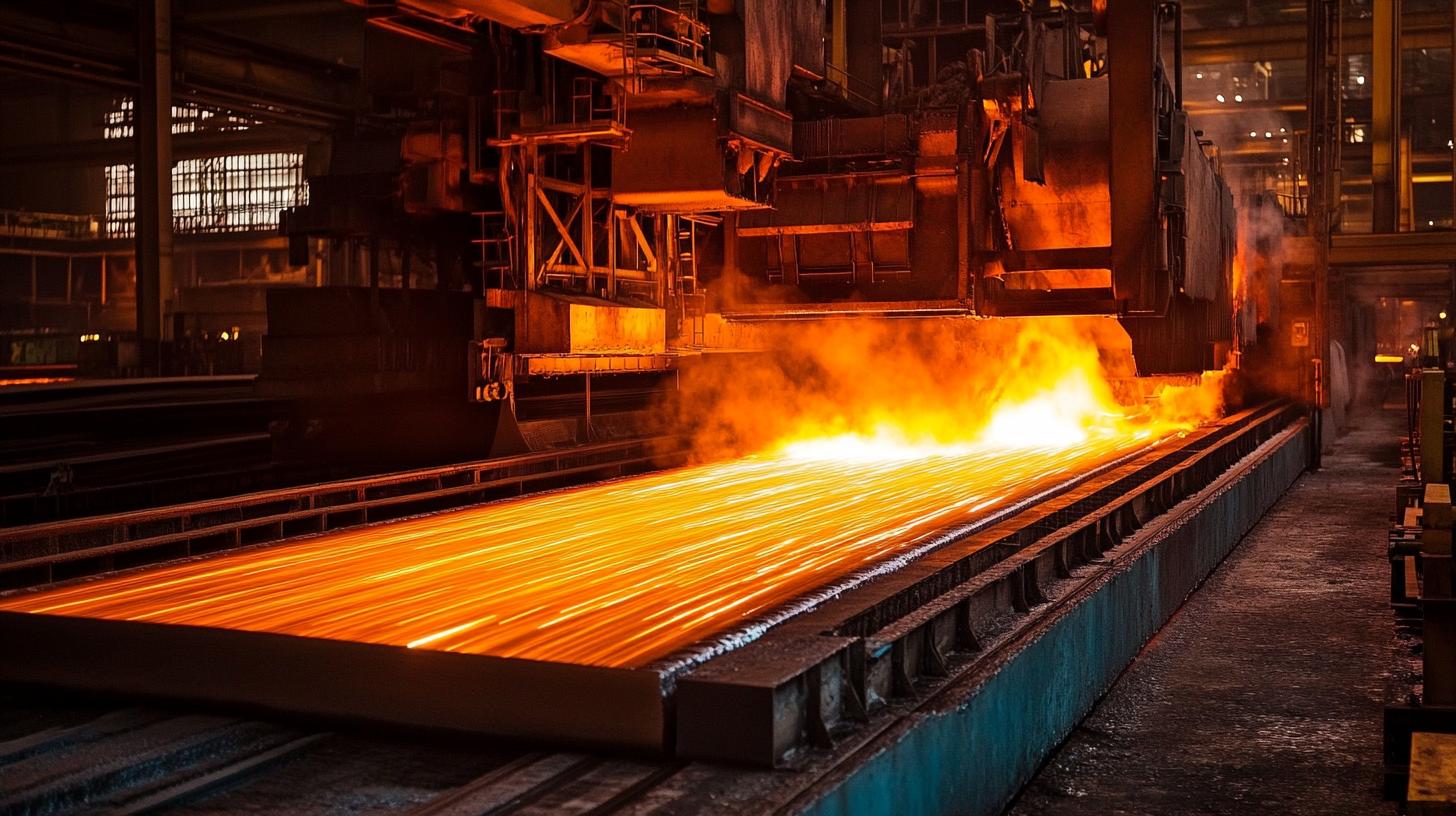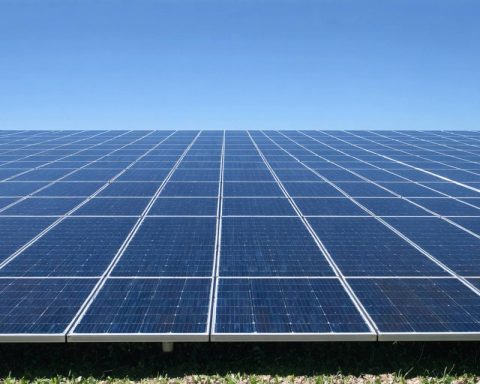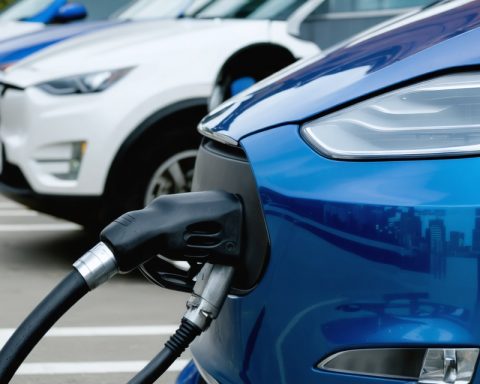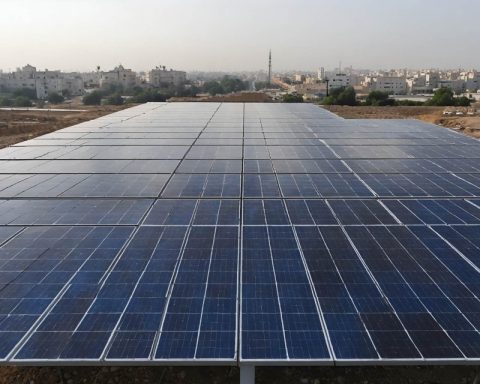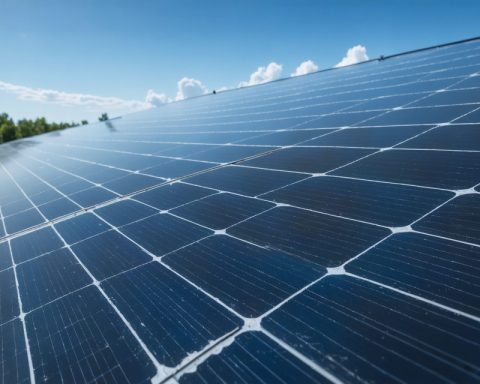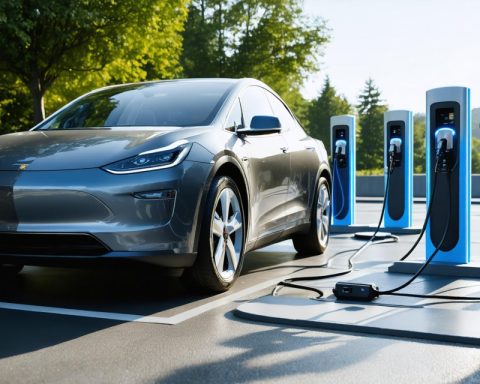Posco Announces Major Investment in Pohang’s Steel Industry
Posco has unveiled plans to invest a substantial $14.6 billion into establishing a new hydrogen steel facility located in Pohang. This new venture signifies a significant move towards advancing steel production technologies and environmental sustainability within the industry.
Significant Government Support
The Finance Minister and Deputy Prime Minister, Choi Sang-mok, visited the company’s operations at the Pohang Steelworks, signaling robust governmental backing. He and Posco’s staff celebrated the future-oriented project, emphasizing collaborative efforts between the company and the government to achieve global excellence.
Vision for the Future
As Posco embarks on this innovative project, the initiative aims to revolutionize materials that propel industry advancements. By embracing cutting-edge technology and sustainable practices, Posco and the government demonstrate a unified commitment to driving forward the nation’s steel industry and setting global benchmarks.
With this strategic investment, Posco reinforces its position as a leader in the industry, focused on pioneering new technologies and fostering robust government partnerships.
The Impact of Hydrogen Steel Production on Society and the Environment
The announcement by Posco to invest $14.6 billion in a hydrogen steel facility in Pohang is not just a development for the steel industry but a transformative step that can potentially reshape the landscape for communities, economies, and environmental policies worldwide.
Environmental Benefits and Challenges
Hydrogen steel production, often referred to as “green steel,” largely reduces carbon emissions compared to traditional steel production methods reliant on coal. This innovation is key in the fight against climate change, as the steel industry accounts for roughly 8% of global CO2 emissions. By utilizing hydrogen, which emits only water vapor when used as a fuel, Posco is taking a significant step towards carbon neutrality.
However, the transition also presents challenges. Producing hydrogen in an environmentally friendly way, known as “green hydrogen,” requires significant energy input, typically from renewable sources like wind or solar. Currently, this accounts for only a small fraction of global hydrogen production, with “grey” hydrogen—produced from natural gas—being more common but not sustainable.
Economic and Social Implications
The establishment of the hydrogen steel facility in Pohang is poised to bring substantial economic benefits, expected to create numerous jobs and boost the local economy. This development could revitalize the area, attracting talent and investments from around the globe and setting a precedent for other regions.
On a national level, the move further strengthens South Korea’s position as a leader in adopting future-forward technologies, potentially influencing other countries to follow suit. Countries with strong steel industries may look to South Korea as a model for integrating sustainable practices, promoting international collaborations, and fostering innovation within their own borders.
Controversies and Opposition
While the shift towards hydrogen steel production is largely seen as positive, it isn’t without its controversies. Critics argue that the current methods of hydrogen production are still dependent on fossil fuels, which can negate some environmental benefits. The high cost of transitioning to hydrogen steel is also a point of contention, as it could increase the price of steel and make it less competitive globally unless simultaneous advancements are made to reduce costs.
Furthermore, the balance between economic development and environmental protection remains a delicate one. Policymakers and industry leaders must work collaboratively to ensure that this transition maximizes environmental benefits without undermining economic growth.
As the world grapples with the need for sustainable industrial practices, Posco’s ambitious project could serve as a touchstone for other players in the industry. It underscores the necessity of investing in clean technologies while also highlighting the complexities involved in executing such transformative initiatives.
For more information on related sustainable advancements and global steel industry trends, visit World Steel Association.
